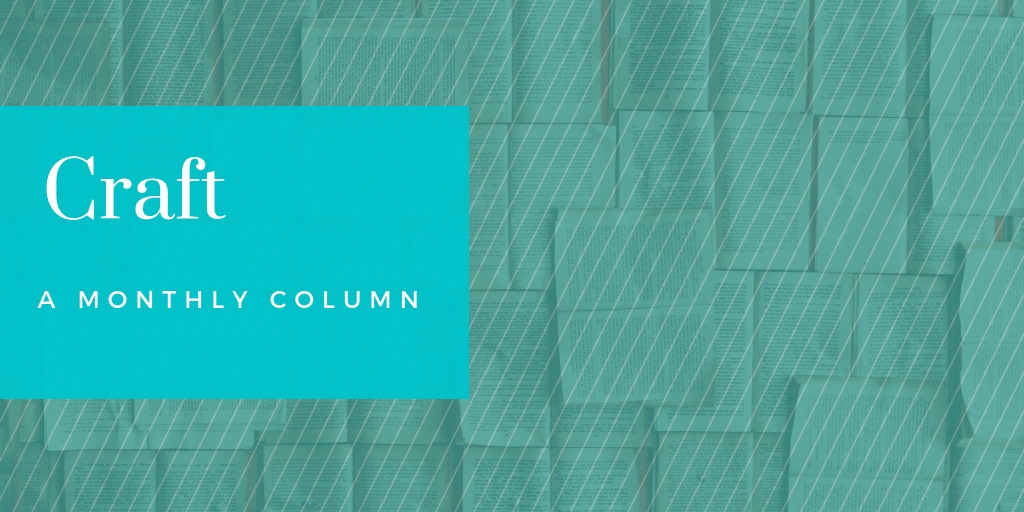
“Write hard and clear about what hurts.”
Ernest Hemingway
For hundreds of years winter and night have served as metaphors for death—the dead of winter; the dead of night; the winter of my life. You never hear colloquialisms about the dead of spring or the winter of youth.
We can get into history, but the point is, our fundamental understanding of language has existed for not that long, but since the dawn of humanity, it has at least influenced our cognition and the way we perceive reality. We call this Linguistic Relativity. Medieval stories detailed witches and goblins and curses. Though we have grown beyond all those superstitions, people used those shadowy amalgamations to externalize internal torment. In the oral tradition, they recollected stories and passed them down to younger generations as tales of survival.
Then they were scrawled onto papyrus and wood pulp. By writers.
Writers suffer from mental illness at an astonishingly higher rate than the rest of the population—in fact, I wrote a piece about this last year that goes much more in-depth, The United Stigma of America. Further, many people experience an exacerbation of their symptoms seasonally, most often in the winter months. Roughly, three-million cases of Seasonal Affective Disorder are reported yearly. Mind you, those are the reported cases, and those who suffer chronic mental illness typically do not report seasonal influences. Somewhat similarly, writers often express cycles in their creativity, output, and their episodes of writer’s block, all of which may also follow a seasonal pattern.
As all writers know, when we feel blocked or that our art isn’t good, or isn’t coming out the way we want, we typically project our frustration, anger, and desperation inward.
The spiraling can continue from there indefinitely.
The writer’s mental health balances precariously on an unsteady foundation. Significant research has demonstrated we are predisposed to cognition that can result in rather disastrous mental health, which is also heavily influenced by our perception of our work, creativity, and output, and all can be exacerbated by the isolation of our profession, and even seasonal changes[1].
Is it any wonder our literary ancestors made the connection between winter and darkness and death?
My hope with this piece is to encourage you to get back to your craft, and maybe, I will be able to as well. I too am struggling this winter.
We all suffer differently, but there are countless solutions, strategies, concepts, resources, or even just tiny steps that may be helpful.
The first thing we need to do is broaden our definition of what writing is or is not.
We need always be writing with a purpose, in some way, but not necessarily on a project. Maybe writing in our heads or planning. Maybe journaling. Maybe engaging in therapeutic writing.
Leonor Brito published a great piece at The Writing Cooperative that goes into great detail about the topic, but if there is one facet I want you to know, it is that therapeutic writing is different than journaling[2]. We need to engage with our suffering. We need to write about it, even if only briefly, which can ultimately result in balancing our emotions, becoming more disciplined, and promoting overall mental wellbeing. It is important to remember what comes out of therapeutic writing is just for you—in fact you may never look at it again—however, it can also be the first step in creative-nonfiction.
Nothing should be discarded, but also nothing should be weighed too heavily.
After all, our goal is to get back to our craft.
Next, you must develop and maintain a writing routine if you do not already have one.
I will admit I do not, and I know better. There are several strategies and manageable goals that may be helpful, such as: writing for an hour a day, creating a playlist to get you into the right headspace, taking notes in a notebook or on your smartphone, working in your head, reading for inspiration, and creating a dedicated writing space.
You may already engage in therapeutic writing and have a routine, but may still be stuck or blocked, listless or depressed. I have read more strategies for overcoming writer’s block than I want to admit—Hell, I even teach them to my students—and I’m sure you have heard them all.
I encourage you to try every single one and figure out what works best for you.
There is one I want to add though.
Play with LEGOs. It is amazing. It is creativity with almost immediate satisfaction and reinforcement. It is easy to focus on while ignoring everything else. It is fun. It is relaxing. It is like Xanax but in the form of colorful Danish plastic bricks.
Most importantly though, try to remind yourself writing should make you happy. For many of us, who have made it our careers, we tend to think of it as work rather than something we used to do because we were compelled to, because we had something to say, because there was something in our brain scratching its way out, because it is in our blood.
 Tyler Grimm earned his MA and MFA in creative and professional writing from Wilkes University, where he was the 2012 recipient of the Norris Church Mailer Award. From 2012 to 2017 Tyler was an instructor of English at Elizabethtown College, and he is now on the faculty of the University of Delaware. His work has appeared in Paradigm, Fine Print, PANK, VOX, The Burg, Celebrate Gettysburg, and Hippocampus Magazine. Tyler lives in suburban Philadelphia.
Tyler Grimm earned his MA and MFA in creative and professional writing from Wilkes University, where he was the 2012 recipient of the Norris Church Mailer Award. From 2012 to 2017 Tyler was an instructor of English at Elizabethtown College, and he is now on the faculty of the University of Delaware. His work has appeared in Paradigm, Fine Print, PANK, VOX, The Burg, Celebrate Gettysburg, and Hippocampus Magazine. Tyler lives in suburban Philadelphia.
***
[1] Piirto, The Personalities of Creative Writers, 2009.
[2] Brito, Therapeutic Power of Writing, 2018.


